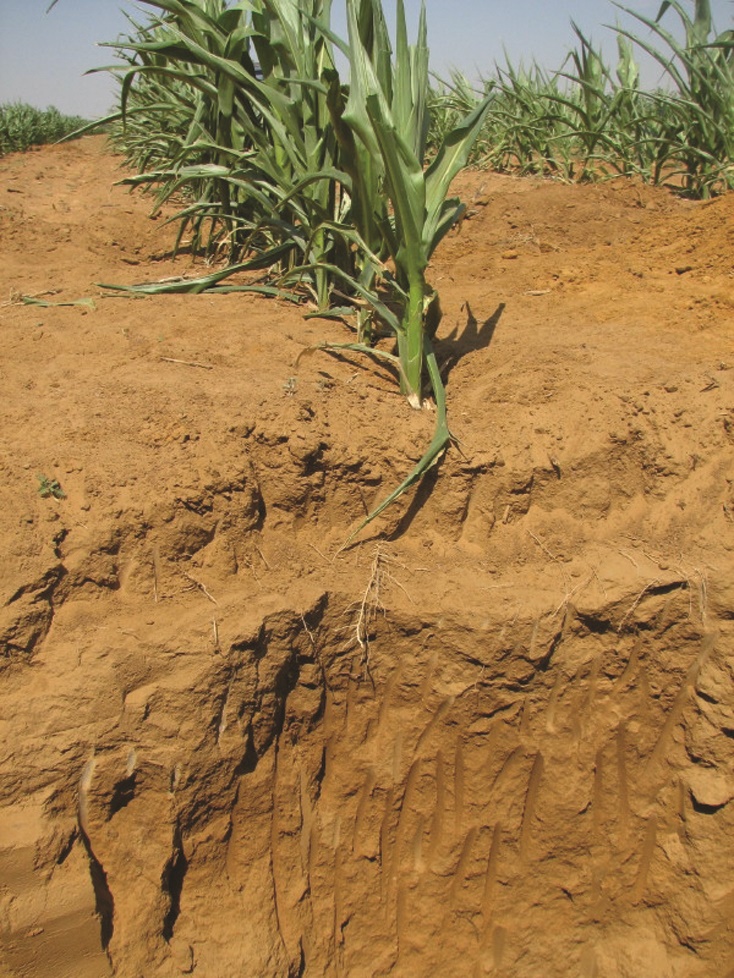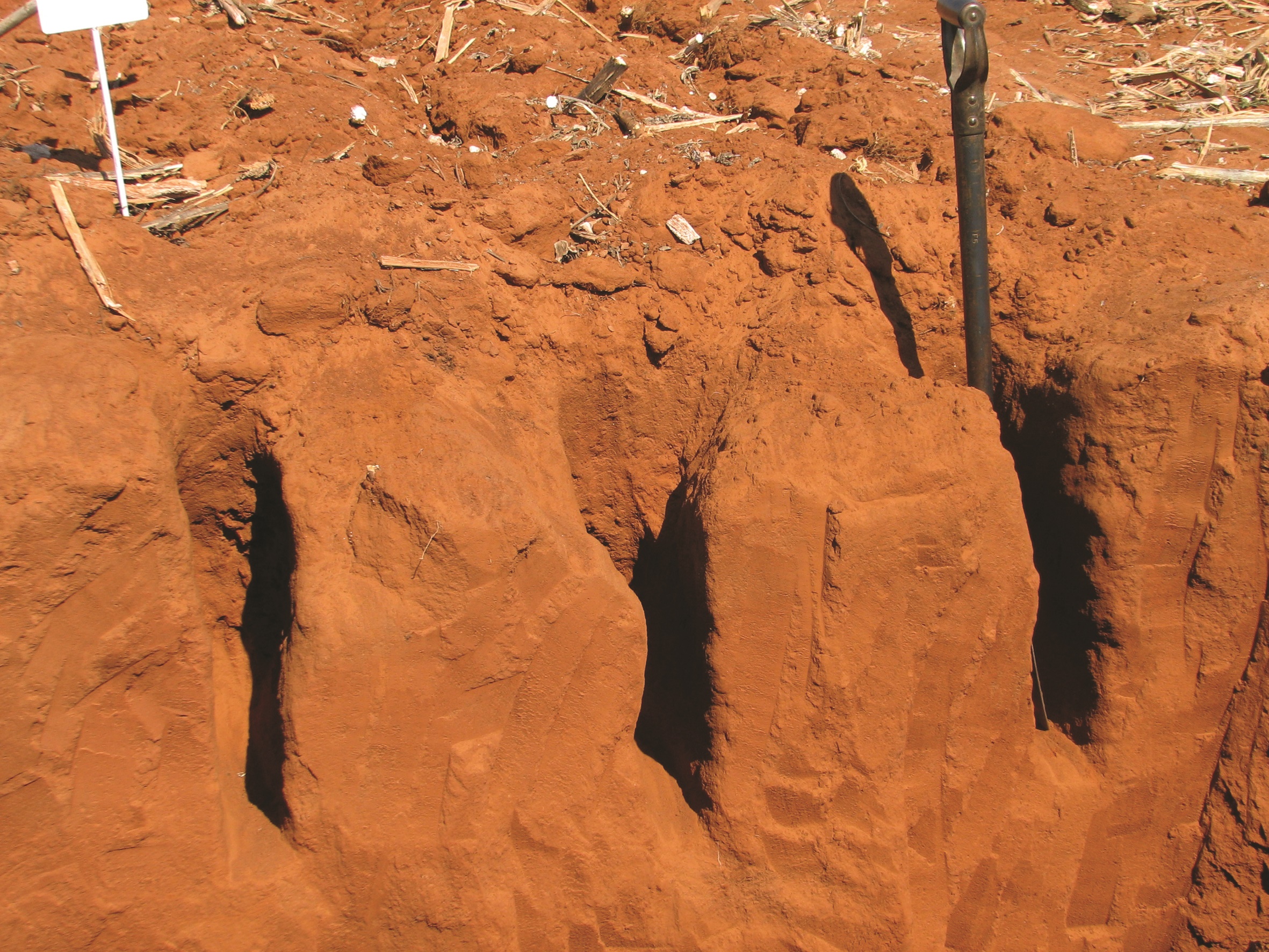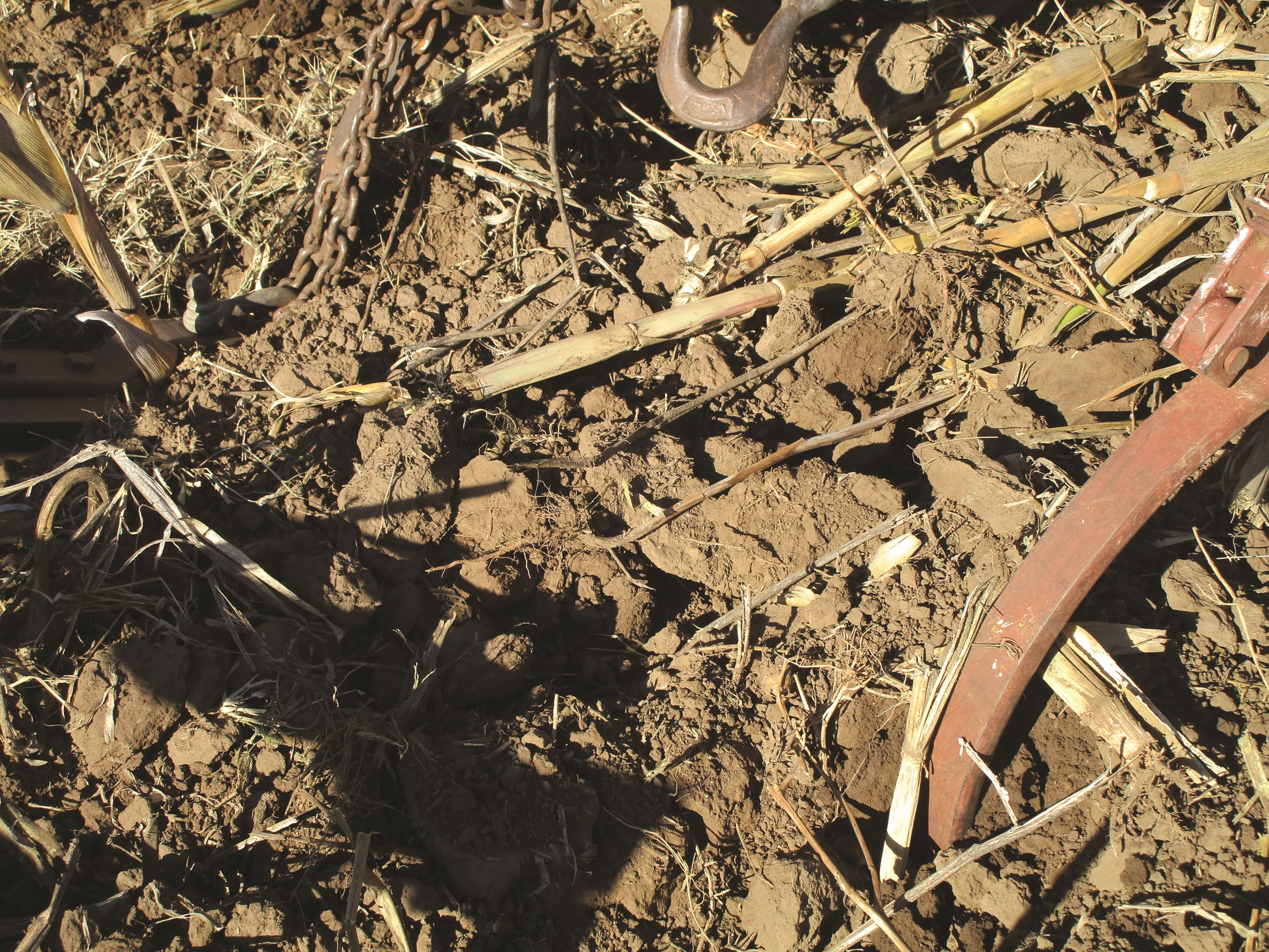August 2024
| PIETMAN BOTHA, INDEPENDENT AGRI- CULTURAL CONSULTANT |
 |
In order to harvest a good yield, soil cultivation is needed. Soil must be cultivated to create a medium where moisture can be stored, weeds, pests and diseases can be combatted, crop residues and chemicals can be incorporated, and a favourable seedbed can be created for seedling emergence and growth.
Soil is sometimes cultivated to control wind and water erosion and to help water penetrate the soil. In the most cases stubble om top of the soil is your friend, as it can help a producer to lower his production cost.
Sustainable future crop production is non-negotiable. Soil quality deterioration should be prevented, and everything possible must be done to rather improve it. The soil quality (soil health) is the combination of the chemical, physical and biological ability of soil to sustain its crop productivity at a high level. At the same time, erosion must be prevented. These objectives can only be totally achieved through conservation agriculture.
CULTIVATION METHODS
As most farmers are not 100% conservation farmers due to their farming systems, soil cultivation is still needed. To achieve one or more of the cultivation objectives mentioned, mouldboard and disc ploughs are used in conventional cultivation systems.
The soil and crop residues are mixed in the plough layer through the ploughing action. The soil surface is usually left with little, if any, residue. Secondary shallower tillage actions are often needed later in the season, with tine or disc implements to achieve one or more of the mentioned objectives.
Disadvantages of conventional cultivation systems
Due to the disturbance of the soil, its quality deteriorates, as reflected by the decline in the organic carbon content. The soil structure is also destroyed or deteriorates, the erosion susceptibility increases. In many instances, water run-off and the consequential erosion are enhanced by soil cultivation, especially in a conventional system.
In many soil texture classes, conventional ploughing usually results in compaction or the creation of a plough pan in the subsoil, which limits root growth. A plough pan is a compacted layer below the ploughing depth. The plough pan in the subsoil will limit root growth and has a negative effect on the yield. The ploughing depth should therefore be varied between years, but eventually the pan will be formed. In drought years the crop can be dying, with moisture under the compaction layer (Photo 1).

The maize is dying on the top, but there is moisture under the compaction layer. Only a deep rip action will break the plough pan effectively.

At least 30% of the stubble must stay on top of the soil for as long as possible. This will prevent the forming of a soil crust, enhance water infiltration and help to keep weeds under control. Too much stubble can cause a straw layer at the furrow base.
Sandier and wetter soils usually compact faster under plough and disc cultivation actions than drier and more clayey soils. In such cases, deeper and more costly tillage methods are usually required, which results in further deterioration of the soil quality.
Clay soils that shrink and swell under drying and wetting spells usually can alleviate compaction naturally. The deterioration of soils, resulting erosion and ever-increasing energy and mechanisation costs have resulted in an awareness that alternative cultivation practices are required.
Ploughed systems are less suitable in dry conditions in particular, as the soil loses relatively large amounts of moisture during the ploughing, which can result in a poor yield if there is no follow-up rainfall.
Heavy rainfall after sowing can also cause problems, as the residue-free surface can form a strong crust on certain types of soil. In addition, heavy rainfall and wind can lead to a high risk of erosion in some regions.
Ploughing is not always negative. It is the best and most effective way to kill weed if it is done correctly. If you think you need to plough, do it, but look for better alternatives.
Conservation tillage
The objective with conservation tillage is to leave at least 30% of the soil surface covered with crop residues after cultivation, whereby erosion is restricted and the initially high-water infiltration rate is prolonged. Chisel plough cultivation usually succeeds in these objectives, provided that the initial amount of crop residue was sufficient. The well-known rip-on-row cultivation that is practised, can also be considered as conservation tillage as most of the residue is left on the soil surface.
However, chisel plough, rip and other comparable tillage actions disturb the soil enough to undermine its quality. A high soil moisture loss is also calculated in these actions, although not as high as in the plough system. With rollers attached to the chisel plough, the moisture loss is reduced.
Chisel ploughs work well if they are maintained properly. The trip springs must keep the shank in the soil at the right angle to be able to penetrate the soil. Make sure that the shares used are the right shares for the chisel plough and not worn away. Replace the shares in time to protect the shank and to work deep enough.
Soil profile pits
The use of soil profile pits provides a lot of information for producers. The necessary working depth can then be established. Working too shallow will cost the producer a lot of money, but working too deep will also cost unnecessary money. Make use of soil profile pits to evaluate the performance of the implement.

At least 30% of the stubble must stay on top of the soil for as long as possible. This will prevent the forming of a soil crust, enhance water infiltration and help to keep weeds under control. Too much stubble can cause a straw layer at the furrow base.
EROSION
Water and wind erosion is a problem in nearly all the production areas. The best way to manage water erosion, is to contour the fields. If the fields are contoured, farmers must maintain the waterways and contours correctly. If the fields are not contoured, it is important to work it by following the topography of the area.
This means that the working direction must always follow the contour of the field. This way of working will not stop erosion but will help a lot as each crop row will act as a waterway to take the water out of the field. Never work a field downhill, because this is the beginning of erosion and lower water infiltration. The more the soil is worked and the more the stubble is removed, the higher the chances of rain forming a strong crust on certain types of soil. If this crust is not managed, water will run away instead of infiltrating the soil.
In the case where there is no stubble covering the soil or where a crust is formed, it makes sense to cultivate (skoffel ) the crops shallow after planting. The cultivator will not only break the crust, but will conserve the moisture in the soil and will control weeds. This action must be done as soon as possible after rain and must be repeated after each downpour.
Publication: August 2024
Section: Pula/Imvula